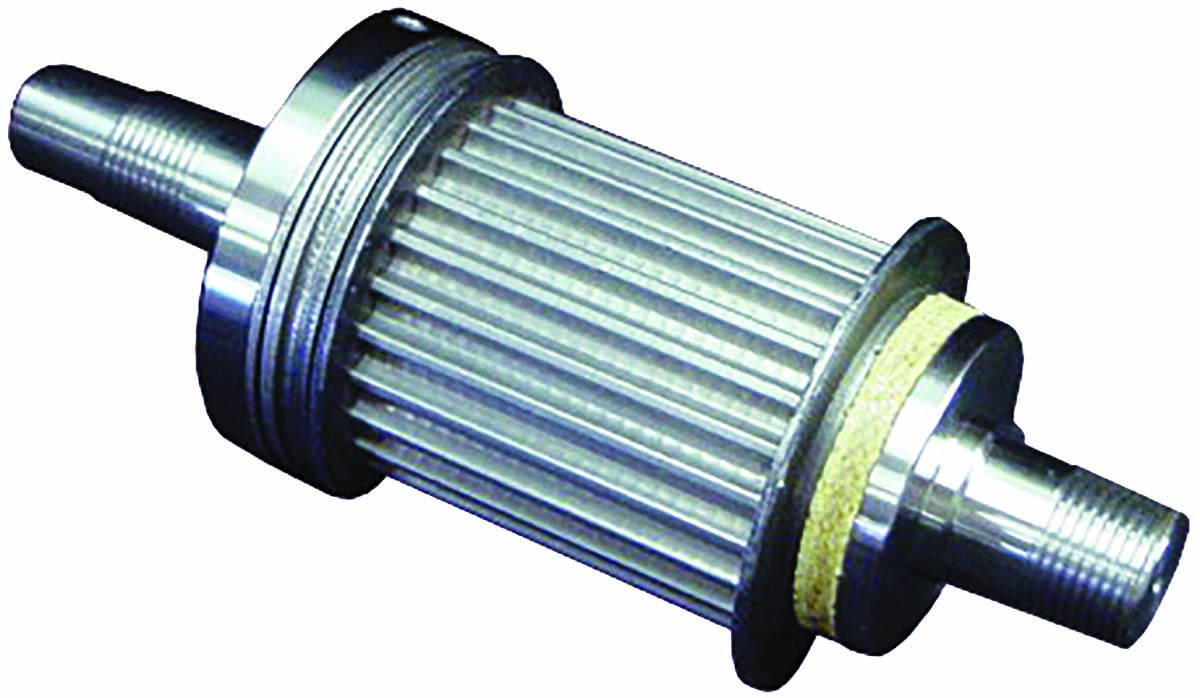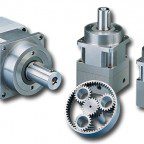
Ideally engineers would anticipate the need for overload protection in a drivetrain and include it in the original design. But overload problems often only appear after equipment is in use. Such designs require torque-limiter retrofits, even if existing assembly geometry is tight. Making the issue more challenging is that end users often want a solution right away.
In one such aircraft-wing assembly application, an arm to position components had problems with overload shortly after going into use. Arm articulation is through a timing-belt pulley at a pivot point, which in turn is driven by a belt engaging the motor output shaft. Extra load on the wing assembly transferred backward through the arm to the motor. Adding a torque limiter was the clear solution, but there was only one inch of axial space available between the frame and pulley.
No torque limiters thin enough to fit could deliver the needed 530 lb-in. of required torque. It appeared that the only option was to redesign and rebuild the arm — a costly and time-consuming proposition. Instead, the aircraft-assembly operation found an option for an emergency retrofit — so in 12 business days from initial inquiry to delivery, got a new component for the kinematic system that combines the drive pulley and torque limiter. That addressed the space constriction while still delivering 760 lb-in. of torque.
Engineers from Mach III Clutch Inc. designed the specialty component to combine the timing-belt pulley and torque limiter into one component that uses less than one inch of available axial space. Nothing in the rest of the design had to be moved; even the belt position was maintained.
Mach III also expedited production of the custom component to keep the maker of the assembly arm out of trouble with the end user.








Leave a Reply
You must be logged in to post a comment.